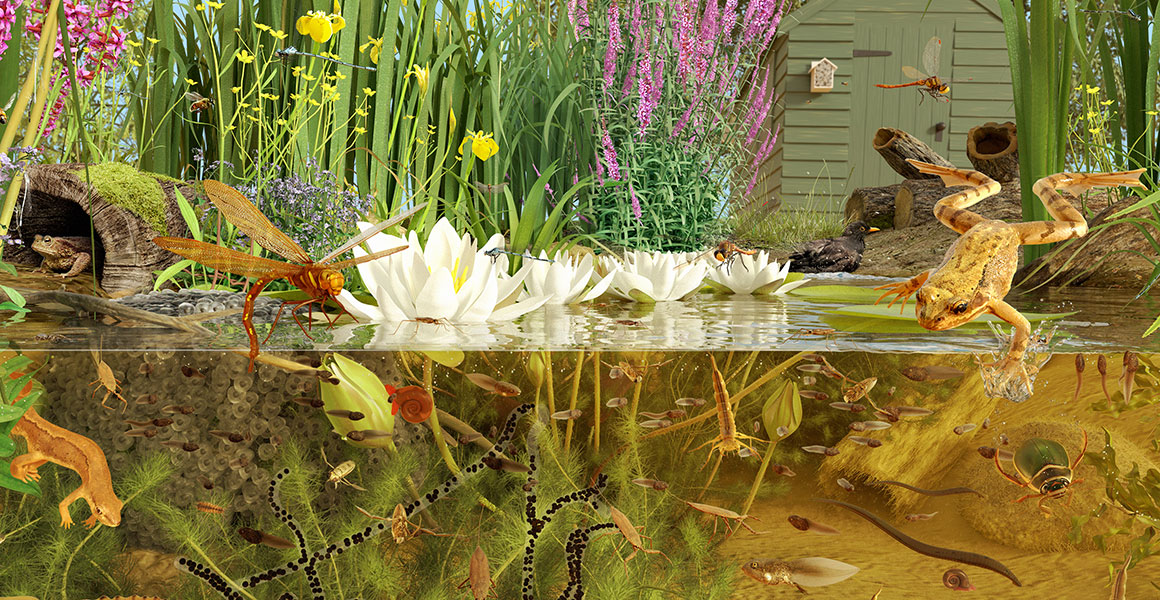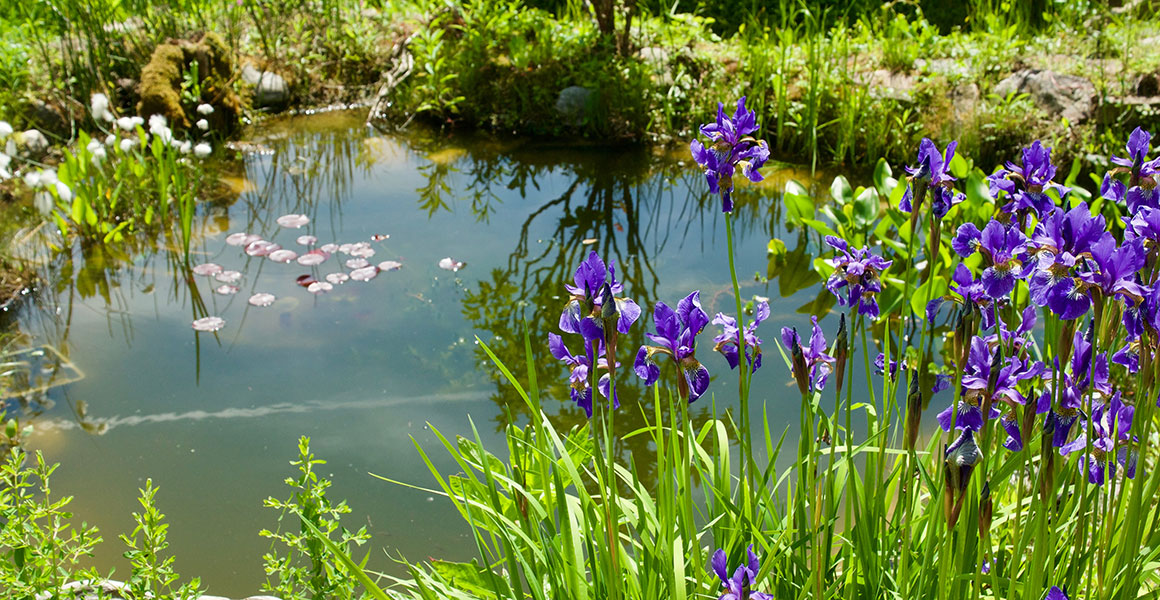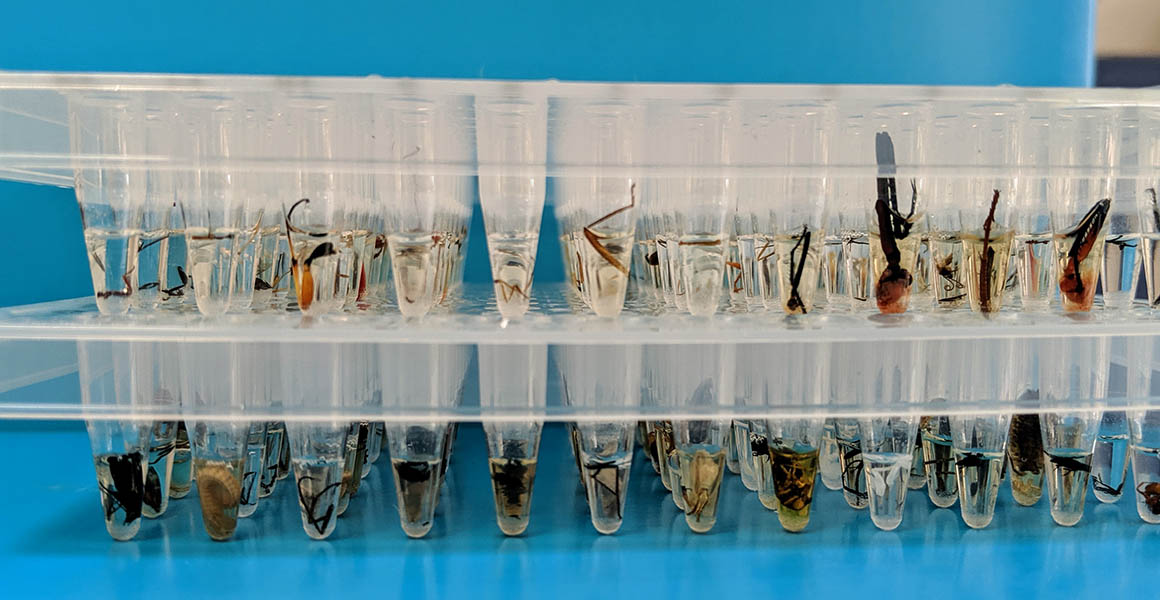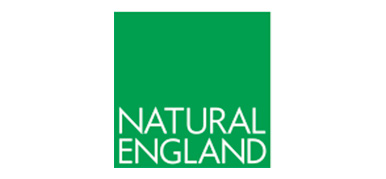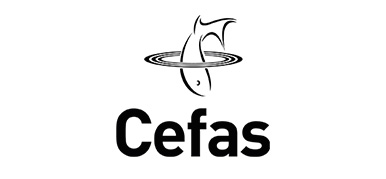At a glance
Investigated hidden pond life.
Type of activity: Outdoor sampling of a pond and an online survey.
Who can took part? People who had permission and access to an enclosed pond in one of six cities:
Plymouth, Bristol, London, Cambridge, Newcastle and Manchester.
When? April - July 2024.
Where? Any enclosed pond that had permission to sample.
How long will it take? Sampling took about 15-20 minutes. Online forms, up to 20 minutes to fill in.


